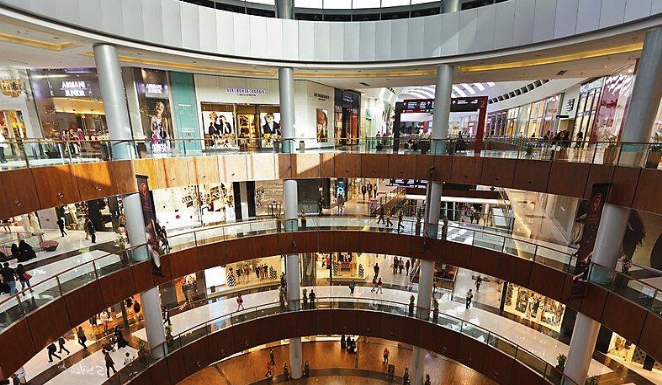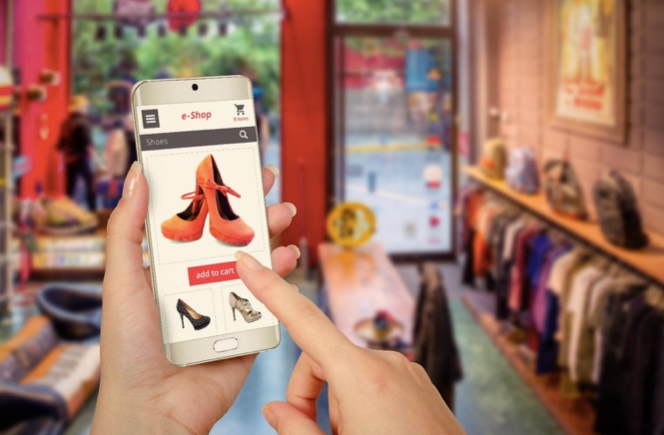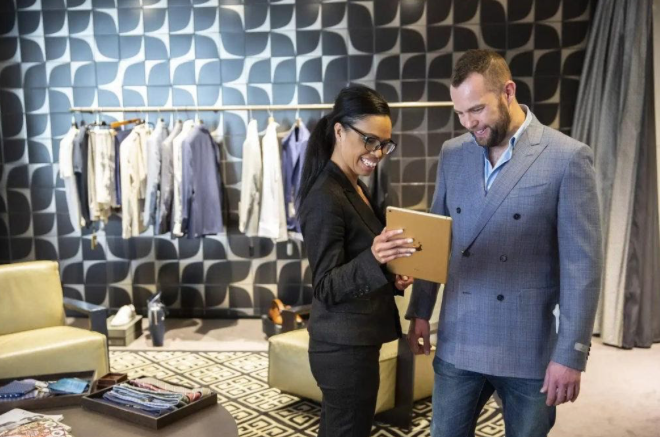How 3 Disruptive Forces Are Shaping The Post-Covid Future Of GCC Retail
By Scott L. Ellis, Retail and Consumer Industry Lead, IBM Middle East and Africa

The coronavirus pandemic brought about one of the most disruptive periods in retail history. Digital-first retailers pivoted more easily whilst retailers who prioritised physical stores struggled to respond. Today is an appropriate time to stop, reflect, and reconsider the future of retail. In doing so, I will address what is needed to ensure customer relevancy and operational resiliency, both of which are key ingredients for success.
The Historic Context For Disruption In GCC Retail
In the last five years, we have seen the rise of online retail, the changing role of stores, the risks of disintermediation and reintermediation, and the emergence of new business models. However, because of this region’s unique political, social and cultural characteristics, those events and trends materialised in slightly different ways and along a different timeline than the rest of the world.
The uptake of eCommerce here was slowed down in part by the central role played by malls in Middle Eastern life. Here the mall is not just a destination for shopping, it acts as a community centre where residents gather, enjoy entertainment, and experience social events with friends and family. It was only after the entrance of well-known global ecommerce players and the establishment of a number of new and exciting local start-ups that finally raised the stakes and the retail ecommerce sector has grown from a value of $5 billion dollars in 2015, to a staggering $24 billion dollars in 2020.

And looking to the future, the ingredients are in place for exponential eCommerce growth. The Middle East has one of the youngest and most digitally savvy consumer populations in the world. We have a higher internet, smartphone and social penetration than more developed markets. Much of this is down to millennials, who represent almost half of the shopping population. They are an attractive group to serve, spending an average of $1,500 on electronics, clothing, and travel each year. And if we widen the net to all consumers across age groups, per capita spending on luxury in this region is among the world’s highest.
Now, with Covid-19, those groups who avoided ecommerce to date have been forced online. These new users found out what a great option ecommerce can be in serving their retail needs. They have enjoyed the experience, they will keep using it, and now they have a new minimum set of expectations for service excellence across any channel they shop.
Where Does Disruption In The Retail Industry Stem From?
We know that eCommerce is a big part of the future but what else is in store? To explain that, I’ll look at 3 main sources of disruption – consumers, innovation and technology. Consumers are disruptive because their changing expectations reshape retail demand.
The pandemic exacerbated what was already emerging in terms of changes to purchasing behaviour, led primarily by the younger generation of consumers. You see, Millennials and Gen Zs have shown themselves to be incredibly conscious of the impact their spending decisions have on society. When they are making purchasing decisions, the ethics and purpose of a brand are influential. They assess what a brand says, what it does, what it stands for. They look at the approach the brand takes to things like sustainability, fair employment practices, waste management. And other consumers follow their lead. Over 70% of consumers say they would be willing to pay a premium for brands that offer up full transparency on these matters, and greater traceability within their supply chain.
Consumers are also heavily influencing a retailer’s channel strategy. You see consumers do not see the world in terms of online versus offline – and they do not want retailers making them choose between the two. They want to be able to shop whenever the mood strikes, wherever they are located, via the channel they prefer … and this is often in the midst of doing something else. The majority of consumers now shop in these so-called “micro-moments” and retailers need to support them in doing so.

The second source of disruption comes from Innovators – players who dictate new standards and transcend industry boundaries. Retailers who raise the bar, deliver new formats, create new offerings and build market making platforms. We will talk about this in a separate panel discussion where we will be joined by local disruptors from this region.
So, I will move straight to the third source of disruption – technology. Shopping via mobile devices has been around for a while, but penetration is increasing within store environments. Mobile apps, virtual wallets and improved scanning features are making it easier for traditional retailers to embed these capabilities. And they are being welcomed by consumers who value greater safety and hygiene in store.
In future, we will see more application of augmented and virtual reality in creating virtual stores. These allow consumers to navigate a digital replica of a real – or imagined – store environment and to browse and purchase products, from the comfort and safety of their homes. Conversational commerce will play a greater role, with increased use of calls, texts, or social media messaging in the shopping journey. We will also see further growth in voice shopping. Already, in the USA, 35% of owners of these voice-activated devices use them to make grocery purchases.
How Technology Can Bring Create Unforeseen Opportunities
The upside of integrating technology into customer journeys is that every touchpoint is digitized, including those within the store, and as a result, every action the consumer makes becomes a transaction. Activity and responsive behaviours can be captured and analysed to form insights that help the retailer better serve and retain that consumer. This can drive segmentation creating truly personalised product and service ideas, offered at different price points without the widespread knowledge of the entire consumer base. This can maximise profit per consumer and eliminate unnecessary waste.
Now, deploying consumer facing technology in any of these instances is relatively easy. The real challenge comes in ensuring that all the systems and applications work together in harmony, allowing data to flow in real time across systems and to the right channels. Bringing insights and workflow actions to the leaders, advisors, and partners responsible for delivering seamless personalised experiences. And I am proud to say that IBM is leading efforts in this space, helping our clients to take huge strides in meeting ever-evolving customer experience requirements. This is helping our clients to win and remain relevant – particularly through our Hybrid Cloud for Retail and Experience Orchestration propositions.
How To Accelerate Ability To Digest And Respond To Trends, As They Happen?
Firstly, retailers need to pivot their business model and offerings to meet changing consumer expectations. Doubling down on ecommerce and boosting investments in digital and fulfilment, but in doing so, understanding their own brand’s unique value proposition and making sure that digital actually amplifies this, telling their brand story, enabling their people with digital tools to operate successfully in the next normal.
Secondly, retailers need to build supply chain agility and resiliency. They should be making decisions using real-time insights on consumer demand. They should implement agile operating models that put those insights into action in demand planning and driving supply chain efficiencies.
Thirdly, they need to embrace disruption and innovation as a culture along with new types of work and roles. For example, equipping sales advisors with tools that support effective clientelling across channels so to build meaningful relationships and deliver personalised products with seamless customer experiences.

That’s a lot to consider and I’ve really only touched the edges. We know that retailers need to deliver an authentic product and experience that consumers crave. We know they must offer a speedy service that gives instant gratification. Those that can do both – in an efficient and sustainable way – are likely to win out.
Luckily, the building blocks are already there, and we can help you with the rest. If you would like to discuss this further, I would be delighted to do so.




